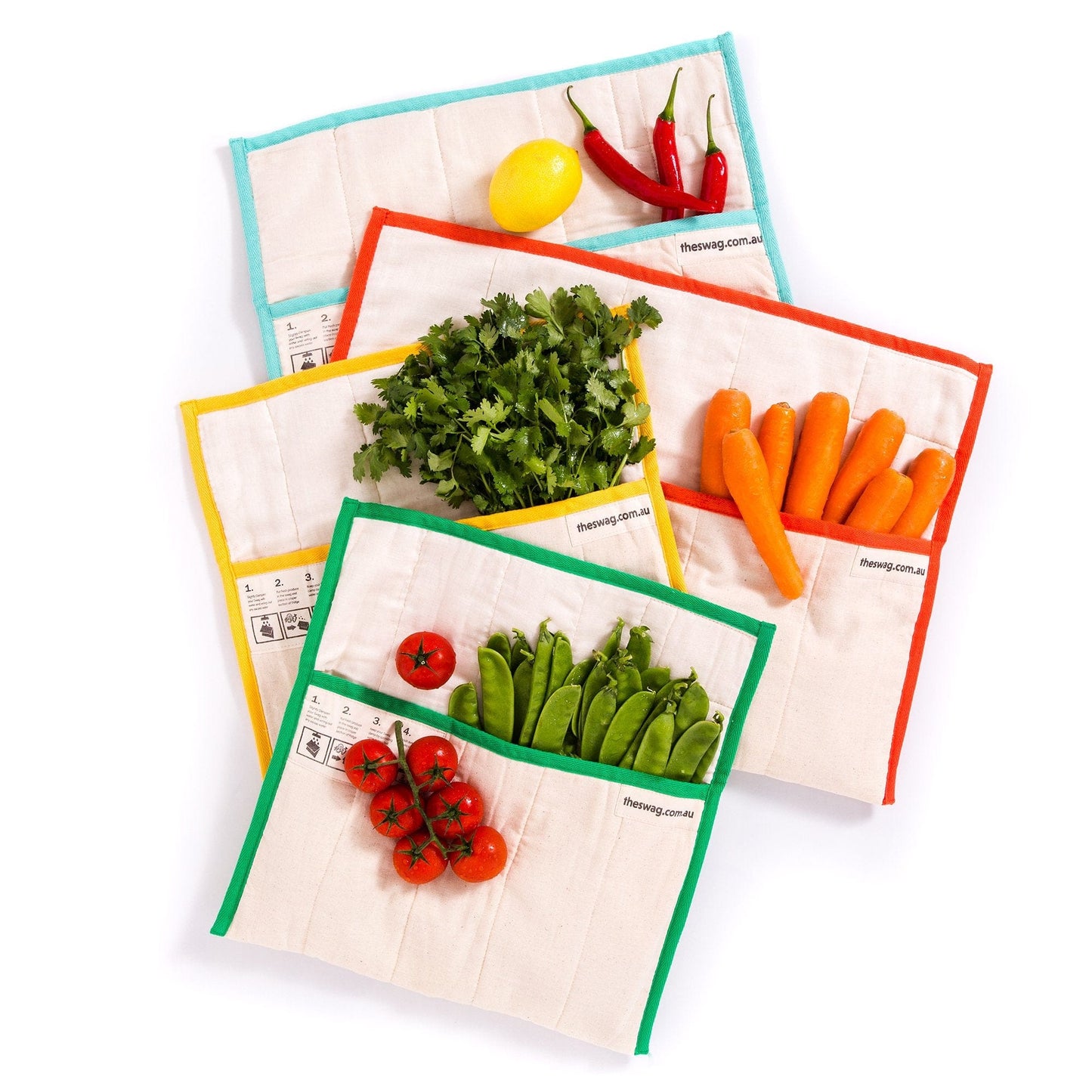There are many benefits associated with starting your own vegetable patch here in Australia. It can save you money, help the environment and it also comes with the massive benefit of knowing exactly where your fresh produce is coming from and exactly what it has been treated with. It’s also not as daunting a task as many think - it just takes time, patience and a little trial and error. Below are 5 tips from us here at The Swag HQ to start your very own vegetable-garden right here in Australia:
Consider Soil & Location Carefully
The location of your vegetable garden and the soil-quality underneath it will have an enormous impact on its overall success. The vegetable patch should be somewhere with high sun exposure and ideally somewhere not hugely affected by wind (or frost in winter). It's also important to consider how the various seasons will affect the positioning of the patch. The soil should be nutrient-rich with a healthy population of earthworms. Frequently adding compost and manure will also have a great impact on the quality of the vegetables produced.
Decide What Vegetables to Plant
What vegetables you can plant will depend on a few factors including how much sunlight the patch gets, local climate, the season you’re planting the seeds etc. Many opt to grow vegetables or plants which are expensive to buy at supermarkets such as herbs, cherry tomatoes and lettuce. Ultimately though, for maximum enjoyment, choose your favourite vegetables and work backwards from there to see if your patch is suitable for them!
Choose Planters Which Work for Your Space
Depending on the space you have available and the types of vegetables you plan to grow, there are several options for planters. The most popular choices are garden beds, raised garden beds, wall planters, pots and wooden planters. The best option truly depends on your individual situation and circumstances.
Time to Plant
Finally, the fun part! Plant your seeds or seedlings in a straight line ensuring you twist the soil first to aerate it. Different vegetables and plants will require different growing conditions so ensure you research these first. It's highly advised to plant different vegetables in different spots each year for optimum growing conditions.
Care for Your Plants
Once all the above is done it’s important to care for your vegetables as they grow. This includes ensuring they’re watered enough as well as fertilizing the plants. Here at The Swag we recently wrote a blog post about making your own compost and this is perfect for using on your vegetable patch! It’s also advisable to treat the plants for weeds and pests.



